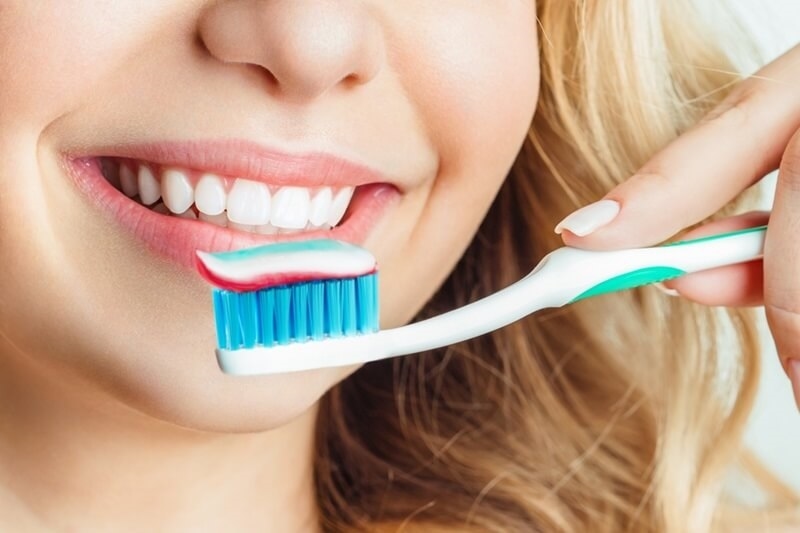
Keeping a nice and healthy smile is essential, so many people use professional whitening toothpaste. With the variety of teeth whitening toothpastes available today, we need to know which products, whitening agents are effective. An effective stain-fighting paste can make a huge difference in your smile, while the right brightening toothpaste will support positive oral health over time.
This article will guide you through everything you need to know about whitening toothpaste, including its function, key ingredients, benefits, and how to select the most effective toothpaste for white teeth.
The majority of toothpastes contain mild abrasives and/or chemicals to remove surface stains on teeth. Unlike professional options that focus on aggressive whitening, these toothpaste primarily focus on routine maintenance. With the right toothpaste, you can build your smile over time without damaging healthy enamel.
Some of the common whitening agents are:

While choosing a toothpaste tube for teeth whitening, you also want to think about the following:
Look for a paste that contains an active ingredient(s) proven to whiten teeth, such as peroxide, silica, or activated charcoal. These ingredients will whiten teeth while not damaging the enamel or irritating.
They're not all the same, and some toothpastes on the market are not ideal for sensitive teeth. Look for "enamel safe whitening toothpaste" on the packaging to reduce potential sensitivity or irritation.
A good stain-removal toothpaste can remove surface stains as well as minor intrinsic stains.
Heavy coffee users or smokers may require more potent whitening agents.
Select products that have been approved by the American Dental Association (ADA), guaranteeing that the toothpaste has been tested for safety and efficacy.
Daily use of such toothpaste has various benefits:
The main advantage of a stain removal paste is the elimination of daily discoloration due to coffee, tea, wine, or tobacco.
A whiter smile obtained with teeth whitening paste can improve confidence and create a great first impression in social and work lives.
There are formulas of brightening toothpaste that include agents that resist the formation of new stains, keeping your teeth radiant year after year.
You don't need a special visit or appointment to use this toothpaste - just add it to your regular brushing to see an effect!
Knowing how toothpaste's active ingredients work demonstrates your buying IQ:
Hydrogen peroxide is a strong bleach. It penetrates the enamel to break discolored stains deeper into the enamel, as well. Most of toothpastes have a 1-2% concentration of hydrogen peroxide that can be used daily.
Every household likely has some baking soda, which works as a mild abrasive. This means that baking soda polishes and removes surface stains, but also neutralizes the acids in your mouth to protect your overall oral health.
Silica abrasives are relatively gentle abrasives to polish teeth without damaging the enamel, making them acceptable for those looking for more subtle whitening effects.
Charcoal is a natural adsorbent with a tendency to hold onto and attract surface staining, such as from diet and medication, but the long-term effectiveness and safety are still being evaluated by professionals in the dental community.
To help achieve the best outcome using toothpaste or other teeth whitening paste, consider the following tips:
You will notice slower, gradual effects from whitening toothpaste, while professional whitening will produce faster effects, usually within a few hours.
Most dentists recommend using both regular whitening and a special prescription whitening in addition to everyday toothpaste.
Myth 1: Whitening toothpaste whitens teeth overnight.
Actually, results appear slowly over the weeks of regular usage. The paste removes surface stains without changing the inner tooth color overnight.
Myth 2: All Toothpaste for white teeth Harms Enamel
When appropriately applied, most ADA-accepted teeth whitening pastes are safe for the enamel. Avoid overly abrasive ones to prevent wear.
Myth 3: Most Expensive Brands Are Always Best
Price is not always an indicator of effectiveness. Look for primary whitening ingredients and products that are accepted by the ADA, rather than relying on marketing hype.
This toothpaste is an easy, safe, and effective way to enhance your smile while protecting your teeth. A knowledge of the best toothpaste, the common whitening agents, and the appropriate methods will allow you to achieve a bright, confident smile without the investment of time and money involved in professional cosmetic procedures.
Using a favorite toothpaste consistently, stopping everyday staining habits, and following an oral hygiene routine will achieve most of the whitening results.
Purchasing toothpaste is not merely cosmetic – it is about developing positive oral hygiene habits and supercharging your oral health for the long term. Get your smile shining today with the best toothpaste!
This content was created by AI